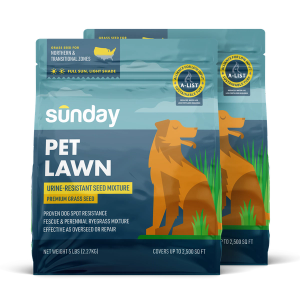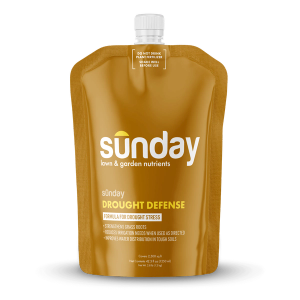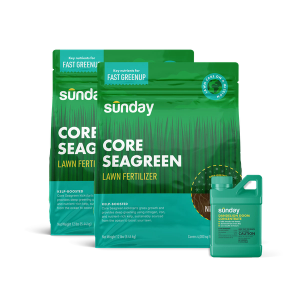Pollinators and other beneficial insects have a variety of ways in which they may hunker down for the winter. Some flee from the cold and migrate, while others stay and seek safe areas to retreat into for shelter and nourishment. With healthy soil, a few brushpiles, and garden stands, you can easily support overwintering for the most well-known to lesser known pollinators—right in your own backyard.
Types of overwintering habitats
Underground: the soil
Many of our pollinators will overwinter in small holes in the ground. Some make the holes themselves, while others use structures left by other insects or small mammals.
Ground-nesting solitary bees
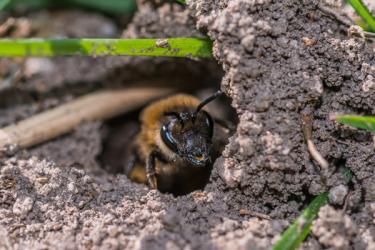
Wasps
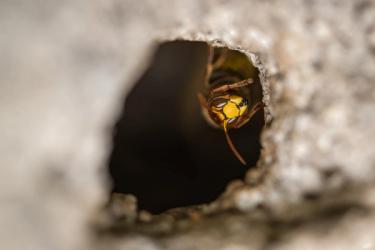
Bumble bees
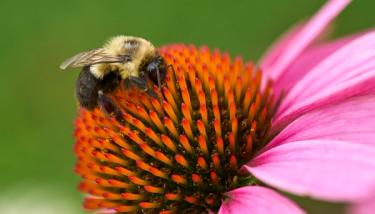
Beetles
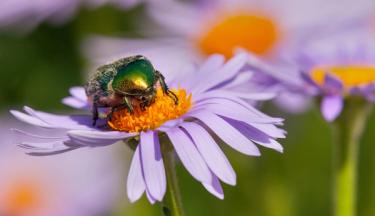
Sunday Tip:
Ways to protect this habitat? Avoid disturbing the soil, and avoid using plastic mulch or landscaping fabric that might block access to the soil below.
Leaf litter or brushpiles
These loose areas are the perfect spot for some pollinators to shelter from the cold while staying warm.
Fireflies
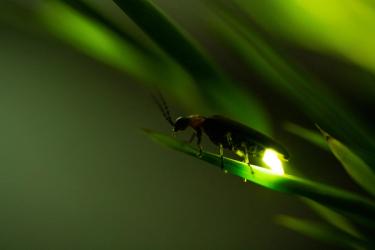
Sweat bee
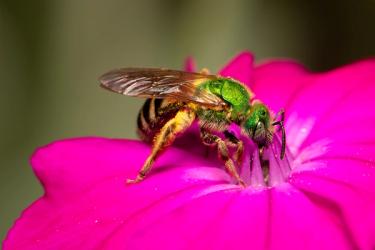
Sunday Tip:
Ways to protect this habitat? Allow for brush and vegetation piles to accumulate away from your home structure, and keep dense vegetation in your yard. You can also leave fall leaves in small piles around the yard.
Hollow stems and stalks in plants and holes in wood
These hollow areas provide a safe and insulated space where pollinators can stay warm and wait out the winter months.
Mourning cloak butterflies
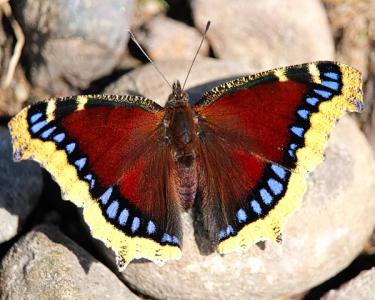
Leafcutter bees
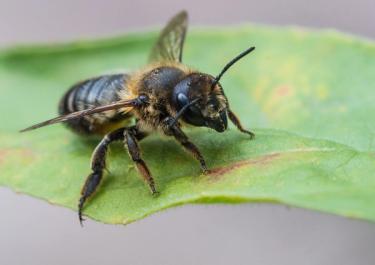
Mason bees
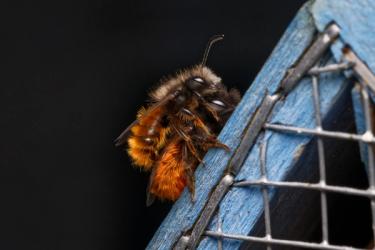
Many butterflies and moths in their chrysalids
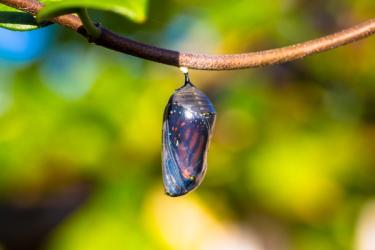
Sunday Tip:
Ways to protect this habitat? Leave old bark and wood alone, as well as parts of your edible or native garden. Don't mow parts of your garden until spring.
Migration
Some species of pollinators prefer to move to warmer climates to avoid freezing in the winter.
Monarch butterflies
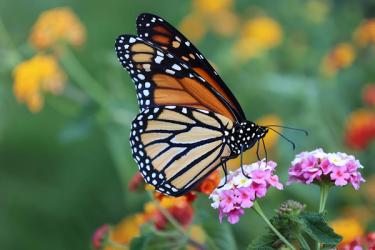
Hummingbirds
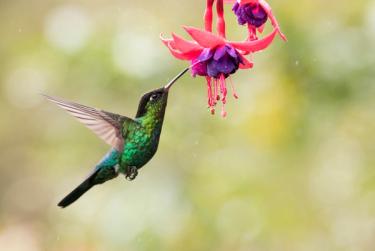
Sunday Tip:
Ways to protect this habitat? Provide water and heat sources to support migrating pollinators such as monarchs and different birds. You can also help by planting milkweed and native plants.
Non-overwintering pollinators in warmer climates
Not all pollinators need to find a safe space to shelter from the cold. In areas such as the southern United States and Mexico, pollinators can stay active year-round, but that doesn’t mean they couldn’t use a little help. Building a bird-friendly backyard, maintaining butterflies in your yard, and creating a pollinator-friendly lawn are just a few things you can do to support these pollinator populations.
Prep your fall yard for spring pollinators
There are a few ways in which you can prepare for the spring and help overwintering pollinators make it through the winter.
- Plant clover or low-growing bulbs like crocus or muscari in the lawn in the fall to provide early-spring forage for pollinators. Yes, your lawn can flower!
- Plant wildflowers for next year’s pollinators.
- Avoid cleaning up debris (leaf litter, wood piles, etc.) in the spring as long as possible to make sure pollinators emerge before we remove their nesting sites.
- Build a bee hotel to provide shelter for native solitary bees.
Cited sources
Ground Bees Come in Peace. Cornell University Extension.
How to Help Bees and Butterflies Survive Winter. University of New Hampshire Extension.
Nesting and Overwintering Habitat. Xerces Society for Invertebrate Conservation
Snug as a bug in a pile of leaves. University of Minnesota Extension.










